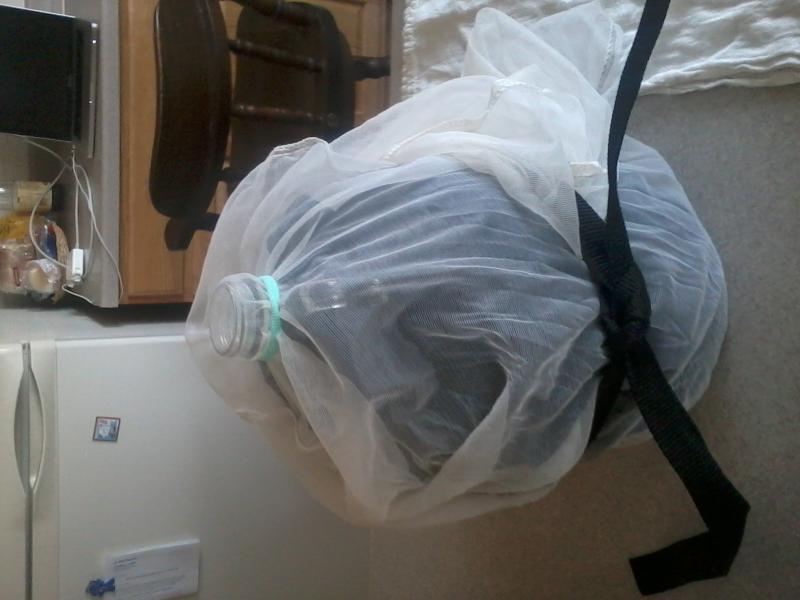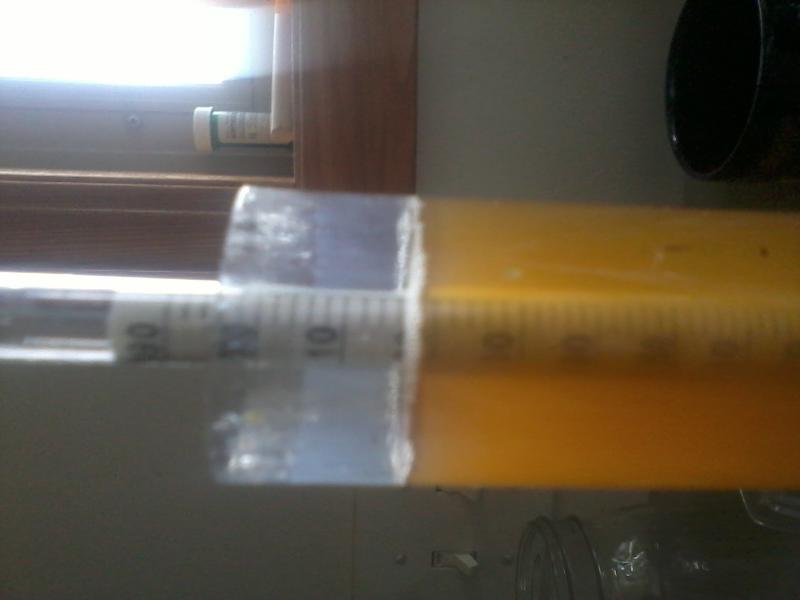Ecnerwal
Well-Known Member
On the subject of cleaner yeast, such as for apfelwein, toss some fresh, unwashed, preferably not too recently sprayed with anything too poisonous, ripe grapes (IIRC stems and all is better?) into a starter. Or any other fruit in a similar state, on which the yeast will probably be somewhat different. As best I recall, this was the standard method of making wine for a VERY long time - and the timing (ripeness) is important, as they yeast are either not there, or not ready, or not the right kind at other times (research I read but don't have a reference to stored - examining yeast found on grape stems at various times leading up to and beyond harvest)
Landhoney probably has busyness going on with life, having evidently moved from Maryland to West Palm. FL, given the location mentioned at the start of this thread and the one currently reported in the profile.
Landhoney probably has busyness going on with life, having evidently moved from Maryland to West Palm. FL, given the location mentioned at the start of this thread and the one currently reported in the profile.







